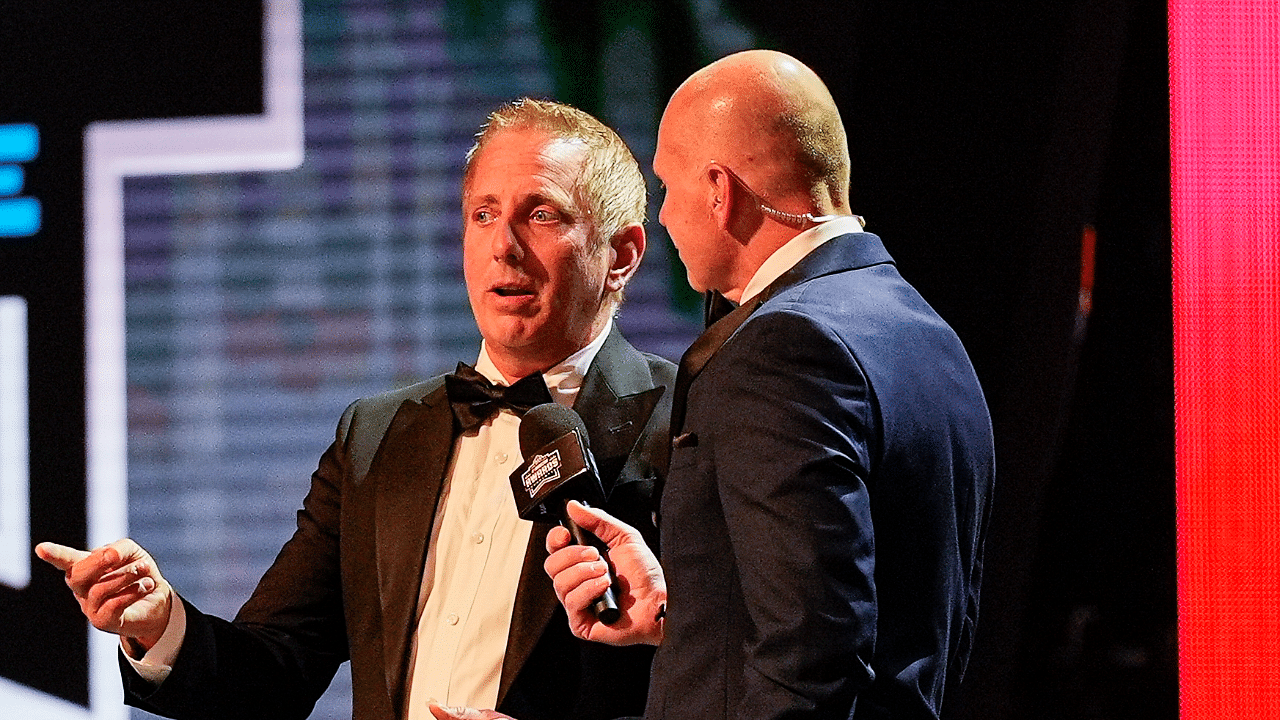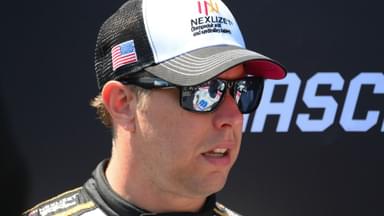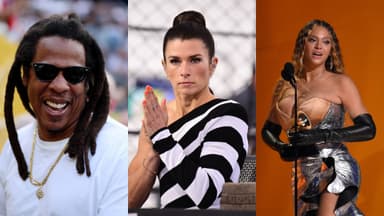If Tony Stewart or Jeff Gordon didn’t have well-prepared cars while coming up through the lower ranks of sprint cars and stock cars, they may never have become stars in NASCAR. That’s what veteran driver and NASCAR Hall of Fame nominee Greg Biffle believes.
Advertisement
The man known as ‘The Biff’ should know: The Vancouver, Washington, native also worked his way up through the ranks of racing one step at a time. And he had the right people and equipment around him.
Had he not found a team owner like Jack Roush (now co-owner of Roush Fenway Keselowski Racing) and the well-financed and mechanically well-prepared cars he drove in the NASCAR Cup, Xfinity, and Trucks Series, Biffle likely wouldn’t have made it out of the Pacific Northwest.
Individual talent can take an athlete far in stick-and-ball sports such as baseball and football. But not in NASCAR, feels Biffle.
“It’s something I talk about a lot. How many players are in the NFL or MLB? There’s only 38 players technically in NASCAR (Cup). And you can count the Xfinity and Truck Series,” Biffle said on Lights Out With Johnny Roberts.
“But who gets an opportunity? The game of baseball or football doesn’t have a car involved in it, where the car is a major factor in whether the driver is going to succeed or not,” added the 55-year-old.
The careers of some of the greatest drivers in NASCAR history, including his, would have been different had they not had the best equipment available to fully display their driving talent, believes Biffle.
“You can take Jeff Gordon, or myself, or Matt Kenseth, or Tony Stewart, and put them in the lousiest car you can find and we’re not going to win,” Biffle said.
“It’s just not going to happen. The car is not physically capable of winning. In a baseball or football situation, they don’t have that obstacle in front of them,” reiterated The Biff.
Biffle is absolutely right. Gordon had Bill Davis and then Rick Hendrick to stake his great talent to success with equally great race cars. It’s the same for Biffle and Kenseth with Roush, and Tony Stewart with team owner Joe Gibbs.
“So whether you’re racing on a Friday or Saturday night in a hobby stock or limited sportsman or late model or super late model, whatever that might be, or you get an opportunity in an ARCA car, you may be the best driver in the world and your talent is not going to show through because maybe you run 11th in the lousiest car on the racetrack,” added Biffle.
This makes Biffle wonder about how stars and talent are identified in motorsports. “That’s why I’m very intrigued in our sport on how guys are recognized and not recognized,” he said.
Dale Earnhardt Jr. agrees with Biffle’s assertion as well. On a recent Dale Jr. Download, the NASCAR Hall of Famer said: “You’re always reliant on this car to do things. You can be the best race car driver, the smartest guy, know everything you need to know, and if the car sucks, you can’t overcome that, you can’t will the car to what you want it to do.”
Of course, it is also a given that no great car could take a driver to the victory lane without talent, skill, and the will to fight it out there with the best in the business.








